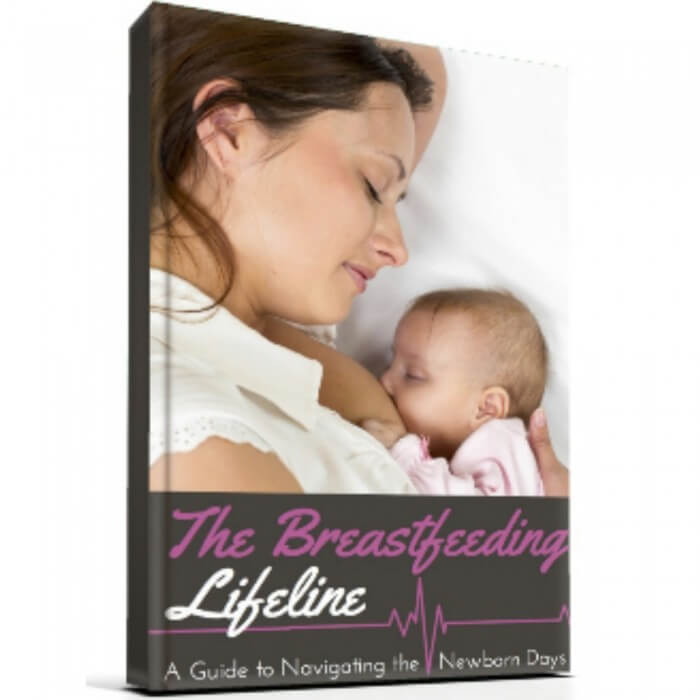With my first child, I had a manual breast pump, but 12 months after buying it, the pump broke. We did not have the funds to buy a replacement breast pump with our second child. Thankfully, I was given an Ameda Purely Yours Breast Pump as a gift.
Top 4 reasons I recommend the Ameda Purely Yours Breast Pump:
- It is a closed system. A closed system is designed so that breast milk never touches the pump tubing or motor. In open systems, there is risk of mold contamination, since breast milk can get inside the tubing. Ameda Purely Yours Breast Pump has an airlock barrier, using a silicone diaphraghm, which protects breast milk from mold and viruses. Because of this airlock barrier, under most circumstances, you will not need to wash the adapter cap, tubing, or tubing adapter. You just need to wipe the tubing clean after use.
- You can pump one or two breasts at a time. When I have used this pump, I have found I actually prefer to pump one breast at a time, and there have been a few times when I was able to feed my son on one breast while using the pump on the other.
- It’s easy to use. There are not a lot of parts, and the instructional booklet is easy to understand.
- You have custom control over the speed and suction of the breast pump. When my son was a newborn, I used different speed and suction settings than I do now.
Three drawbacks of the Ameda Purely Yours Breast Pump:
- It is loud. When I use this pump while my son is napping, I am always fearful he will wake up because of the noise.
- It only includes the three most common flange sizes–Standard, Medium, and Large. These flanges are useless to me because none of them are the right size. If you are like me and need a different size, you have to purchase it separately. You can purchase X-Small and Small, as well as X-Large and XX-Large, separately.
- For me, it takes longer to use the pump than it does to breastfeed. With the Ameda Purely Yours, pumping a single breast takes about 15 minutes, and I’m able to get 4-6 oz. per breast. Breastfeeding usually takes less than 15 minutes.






[…] mothers for 1 year after the birth of a child. Employers need to realize that the frequency of pumping breaks can vary from woman to woman. For example, women with younger babies will most likely need […]